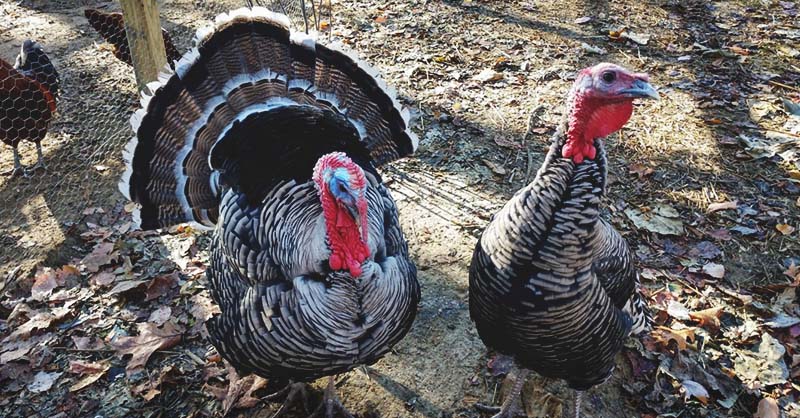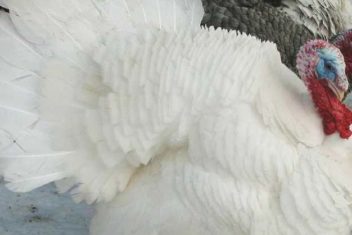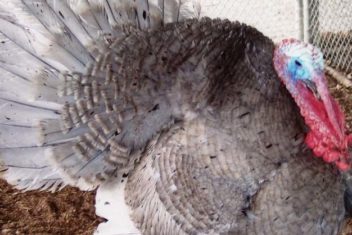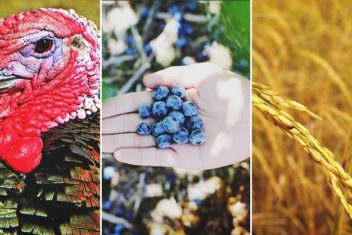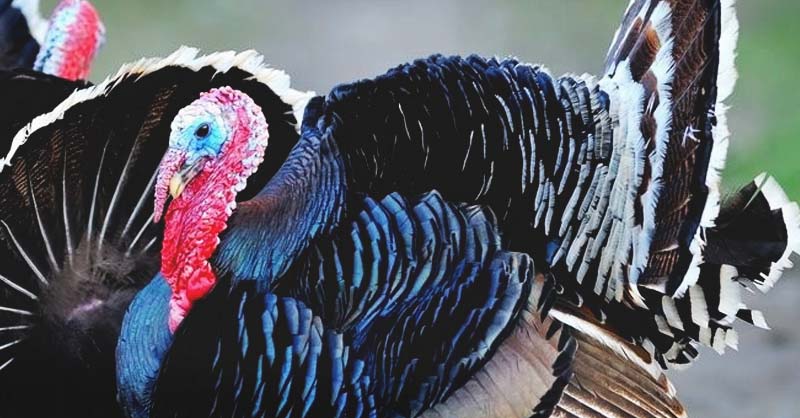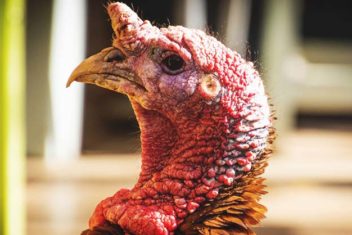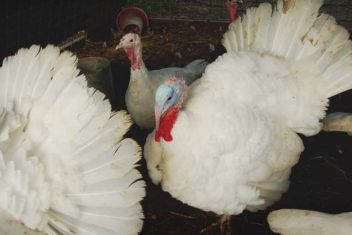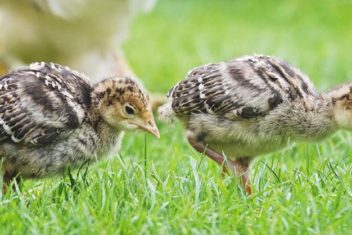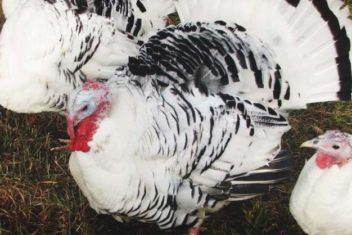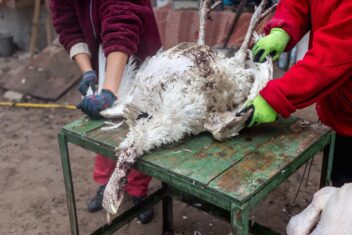Narragansett Turkeys are a beautiful meat producer that would make a good pick for a sustainable homesteader. Such a lovely and well-rounded variety has significant potential but got pushed aside by commercialized meat production birds.
You won’t find a much prettier turkey than the Narragansett. These colorful birds are raised primarily for meat production, making an especially good pick for farmers that appreciate heritage meat.
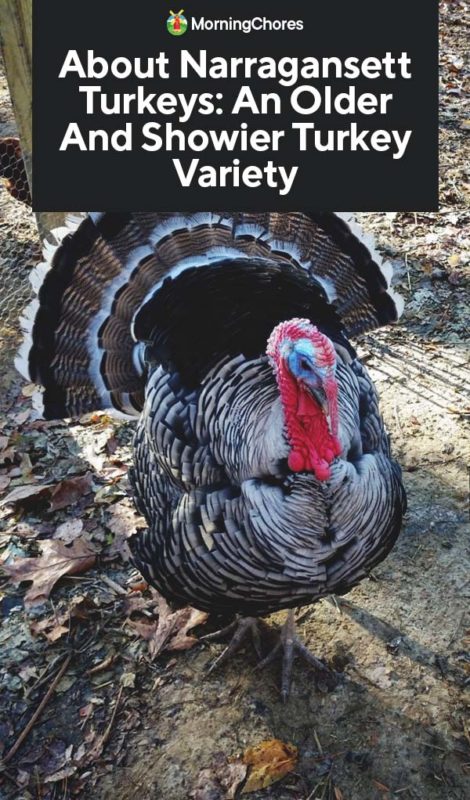
About Narragansett Turkeys
Narragansett turkeys were developed near Narragansett Bay in Rhode Island, hence their name. In 1874, the American Poultry Association recognized the Narragansett Turkey. However, this variety had been in the making for two centuries previous to their acceptance. The Norfolk Blacks, imported to America in the 1600s were most likely used in the breeding of Narragansetts.
Narragansett Characteristics
1. Size and Weight
The Narragansett is a mid-sized turkey, not nearly as small as the Midget White and not quite as large as the Broad Breasted White. A young tom turkey in his prime meat production days will weigh in at 22-28 pounds. Hens weigh in around 12-16 pounds. If left to grow, Narragansetts will reach a higher weight, but the meat quality is best when they are younger.
2. Temperament
If you would like a turkey with a good temperament, look no further than the Narragansett. This variety combines a calm and docile personality with wonderful maternal qualities. Temperament can also depend on selective breeding, so make sure you’re purchasing stock from lines that breed for the qualities you’re after.
3. Meat Production
One reason Narragansett turkeys didn’t make the cut for commercial meat production is their feather color. The darker pin feathers will leave a dressed out bird that doesn’t look as perfect as a bird with white pin feathers. However, this is still a pretty bird when dressed out, without the commercial appearance of a store-bought turkey.
Meat quality is very good with a decent sized carcass, perfect for feeding large families or small gatherings.
Caring for Narragansett Turkeys

1. Feeding and Nutrition
Turkey chicks (more commonly called poults) grow very quickly and require a higher protein starter to keep up with their rapid growth. Supply your poults with a 30% starter for the first eight weeks of their life. Upon reaching eight weeks of age, transition them to a 20% flock raiser with high-calorie content.
Any turkeys being raised for meat can remain on a flock raiser until it comes time for processing. However, if you are keeping your turkeys for laying or breeding, laying hens will need to eat a game bird laying feed. During seasons when the hens aren’t laying, you can keep all birds on a flock raiser.
2. Housing and Fencing
Turkeys make good birds for free-ranging during the day because they are large enough that they aren’t susceptible to common daytime predators such as hawks. As a heritage variety, Narragansett turkeys are also well suited for free-ranging. If you choose to keep your birds confined, you’ll need to enclose half an acre for every dozen turkeys.
Inside the coop, allow 8-10 square feet per bird. Provide roosts no more than 18-24 inches off the ground, so the turkeys do not have far to hop down. Jumping from higher distances can give larger birds such as turkeys feet and leg problems.
3. Health Issues and Care
Narragansett turkeys are an older variety with robust immune systems. Just because they have reliable immune systems does not mean they are invincible. Blackhead is a common issue that occurs when chickens are mixed with turkeys. This does not stop many flock keepers from mixing their birds anyway, but Blackhead is a good topic to research and know the risks of.
Make sure your turkeys have dust bathing areas to prevent pesky mites and lice. Keep a watchful eye on your birds so you can catch anything amiss early on and work to treat it.
4. Breeding
This is a variety that has had high standards upheld over the years, resulting in the fantastic turkey that it is today. Familiarize yourself with the breed standards and invest in quality breeding stock if you are interested in breeding them yourself.
As a heritage breed that has not been commercialized, this is a turkey that does not require artificial insemination, making them a far easier bird to reproduce than a turkey like the Broad Breasted White.
Variety Alternatives
1. Bourbon Red
The Bourbon Red is another heritage variety that fits well into small family farms. This turkey grows out a bit larger than the Narragansett, making it suitable for one interested in a bird to provide more meat. Bourbon Reds have one primary solid color in contrast to the colorful and showy Narragansett.
Did you Know?
This turkey is listed on the watch list by the Livestock Conservancy, meaning it could be near endangerment. Some dedicated breeders could improve this variety and help keep numbers up to preserve the Narragansett for generations to come.
I think my favorite part of this variety would have to be the beautiful coloration and feathers. Certainly a beautiful addition to any farm, chances are you would love the eye candy and meat production this bird can bring to the table.

